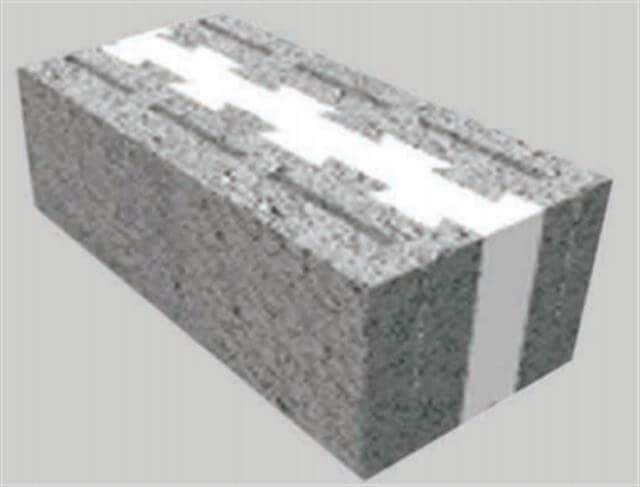The difference between Autoclaved aerated concrete (AAC) blocks and Clay bricks
The difference between Autoclaved aerated concrete (AAC) blocks and Clay bricks,
Autoclaved aerated concrete (AAC) blocks, are alternative building units to traditional red silt bricks,
differing in size, strength and durability from red silt bricks.
The main differences between lightweight concrete bricks and red clay bricks
-
Autoclaved aerated concrete (AAC) blocks
It is made from a mixture of fly ash, lime, cement, and gypsum, and has an aerating agent, and is found in the form of gray slabs of a proportionally larger size than red clay bricks.
Concrete bricks are environmentally friendly, as the fly ash that is used in their manufacture, is a non-toxic waste recovered from thermal power plants.
Autoclaved aerated concrete (AAC) blocks are lighter than conventional bricks (3 to 4 kg), reducing the load on the structure.
Autoclaved aerated concrete (AAC) blocks also offer a compressive strength of 3 to 4.5 N/mm2,
making them more stable against earthquake forces than clay brick structures.
Because of its larger size, low weight and fewer joints, AAC blocks build faster.
The presence of air voids in the Autoclaved aerated concrete (AAC) blocks and their lightweight construction provides good sound reduction compared to red bricks.

It is insect-resistant, as it is made of inorganic and insect-resistant materials that prevent termite attacks.
Autoclaved aerated concrete (AAC) blocks give us places that are heat resistant,
as their thermal conductivity ranges from 0.21 to 0.42 W/mK.
-
Clay bricks
Clay bricks are made of clay (alumina), sand, lime, iron oxide and magnesia,
and are smaller than Autoclaved aerated concrete (AAC).
And since the upper layers of the soil are used in its manufacture, it is not environmentally friendly.
Red silt bricks are heavy compared to Autoclaved aerated concrete (AAC),
weighing between 2.5 and 7.5 kg, so they increase the load on the main structure.
The dry density of red silt bricks ranges from 1600 kg/m3 to 1920 kg/m3,
and its compressive strength ranges from 2.5 to 3.5 N/mm2,
which makes it less stable against earthquake forces.

Its use in construction takes a long time, due to its small size and increased joints,
and it provides a structure for a dense brick masonry wall with good sound insulation properties.
It is not termite resistant because it is made of organic materials,
and the thermal conductivity of Clay bricks ranges from 6 to 1 W/mK.
In comparison, Autoclaved aerated concrete (AAC) blocks are an all-weather building material that offers superior performance and durability.








Informative article gives a precise insight to the user ,thanks for sharing